HAC News: March 21, 2013
HAC News Formats. pdf
March 21, 2013
Vol. 42, No. 6
• Congress sets final FY13 funding, continues rural area eligibility • FY14 funding process underway • Revisions proposed in CRA Interagency Questions and Answers • Reuters criticizes Section 502 guarantee program and grandfathering of area eligibility • Housing costs remain out of reach, NLIHC reports • Data for rural housing highlighted in winter issue of Rural Voices magazine
March 21, 2013
Vol. 42, No. 6
CONGRESS SETS FINAL FY13 FUNDING, CONTINUES RURAL AREA ELIGIBILITY. On March 20 and 21 the Senate and House passed a final appropriations bill for the current fiscal year. Unlike a previous House version (see HAC News, 3/6/13), the final includes full spending bills for USDA and some other agencies, and specific provisions for some HUD programs. It retains the 5% sequester and adds a 2.5% across the board cut. It also retains current area eligibility for USDA rural housing programs through the end of FY13. President Obama is expected to sign the bill. [tdborder][/tdborder]
|
USDA Rural Devel. Program |
FY11 Final Approp.a |
FY12 Final Approp. |
FY13 Admin. Budget |
FY13 Approp. (H.R. 933)b |
|
502 Single Fam. Direct |
$1,121 |
$900 |
$652.8 |
$900 |
|
502 Single Family Guar. |
24,000 |
24,000 |
24,000 |
24,000 |
|
504 VLI Repair Loans |
23.4 |
10 |
28 |
28 |
|
504 VLI Repair Grants |
34 |
29.5 |
28.2 |
c |
|
515 Rental Hsg. Direct |
69.5 |
64.5 |
0 |
31.3 |
|
514 Farm Labor Hsg. |
25.7 |
20.8 |
26 |
d |
|
516 Farm Labor Hsg. |
9.8 |
7.1 |
8.9 |
d |
|
521 Rental Assistance |
955.6 0 (2.03) (3) |
904.7 |
907.1 |
907.1 |
|
523 Self-Help TA |
37 |
30 |
10 |
30 |
|
533 Hsg. Prsrv. Grants |
10 |
3.6 |
0 |
c |
|
538 Rental Hsg. Guar. |
30.9 |
130 |
150 |
150 |
|
Rental Prsrv. Demo. (MPR) |
15 |
2 |
34.4 |
17.8 |
|
Rental Prsrv. Revlg. Lns. |
1 |
0 |
0 |
0 |
|
542 Rural Hsg. Vouchers |
14 |
11 |
12.6 |
10 |
|
Rural Cmnty. Dev’t Init. |
5 |
3.6 |
8 |
6.1 |
|
a. Figures do not include 0.2% across the board cut. b. Figures do not include 5% sequester or 2.5% across the board cut. c. Total for 504 grants and 533 grants is $33.1 million, the same as in FY12. d. The total budget authority for Sections 514 and 516 is $16.5 million, compared to $14.2 million in FY12. . |
||||
FY14 FUNDING PROCESS UNDERWAY. The Administration’s FY14 budget is expected to be released on April 8. The House Budget Committee has passed H.Con.Res. 25 and the Senate Budget Committee approved S.Con.Res. 8, resolutions that would set broad spending guidelines for FY14 appropriations. The two chambers are not expected to agree on a single budget resolution, so their FY14 appropriations bills will be based on different starting points.
REVISIONS PROPOSED IN CRA INTERAGENCY QUESTIONS AND ANSWERS. The federal banking regulatory agencies propose revisions and additions to the Q&A document intended to help lenders comply with the Community Reinvestment Act. Comments are due May 17. ContactBobbie K. Kennedy, OCC, 202-649–5470.
REUTERS CRITICIZES SECTION 502 GUARANTEE PROGRAM AND GRANDFATHERING OF AREA ELIGIBILITY. In “Special Report: A rural housing program city slickers just love” news agency Reuters claims that guaranteed loans have been made in urban places, to ineligible borrowers, and to purchase expensive homes. USDA’s response disputes some of the article’s claims and asserts that the agency operates the program in accordance with the law. HAC is preparing a response, which will be posted at www.ruralhome.org when available.
HOUSING COSTS REMAIN OUT OF REACH, NLIHC REPORTS. HAC’s summary of the National Low Income Housing Coalition’s annual Out of Reach report notes that, except for some counties in Oregon and Washington (where state minimum wages are higher than the federal minimum wage), there is no U.S. county where a one-bedroom rental at HUD’s Fair Market Rent is affordable to a minimum wage earner. Contact NLIHC, 202-662-1530.
DATA FOR RURAL HOUSING HIGHLIGHTED IN WINTER ISSUE OF RURAL VOICES MAGAZINE. Articles in Taking Stock of Housing in Your Community provide resources, insights, and tips for ways to access and use data to improve local rural housing conditions. Contact Dan Stern, HAC, 202-842-8600.

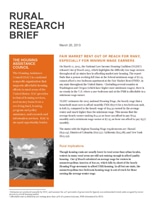
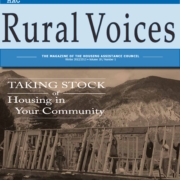

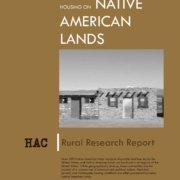
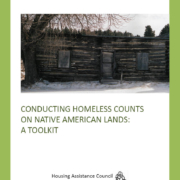 HAC
HAC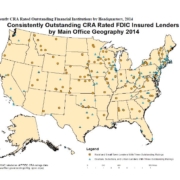
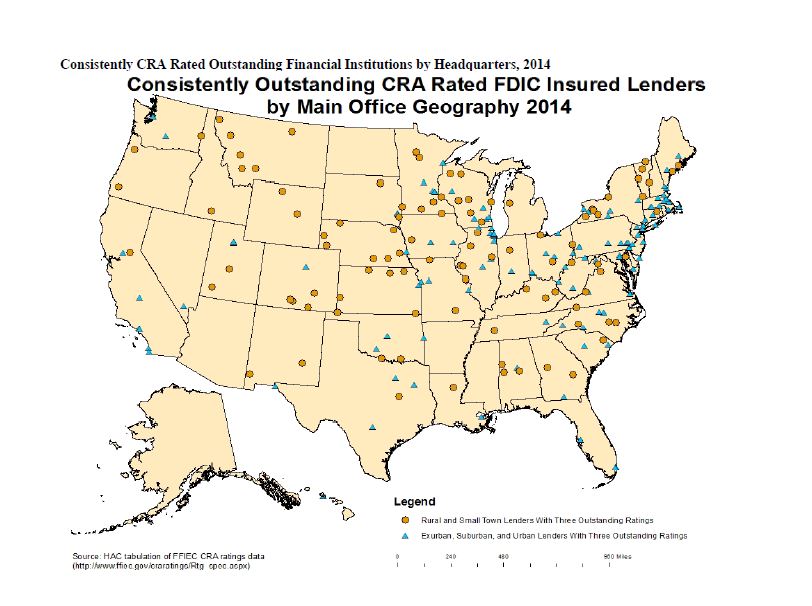 Download the Report
Download the Report Download the Report
Download the Report